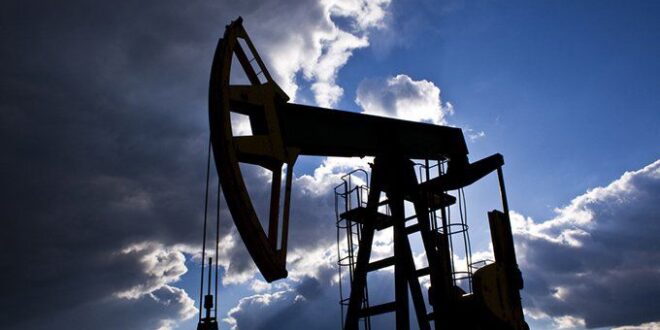Surging global demand for liquefied natural gas is set to nearly triple U.S. LNG exports over the next decade, as LNG buyers seek diversification and reliable, low-cost supply, energy consultancy Wood Mackenzie said in a new report this week.
LNG exports are already outpacing U.S. exports to Mexico—compared to lower-than-Mexico exports five years ago. Next year, U.S. LNG exports are set to further increase from the current around 11 billion cubic feet per day (Bcf/d), and to continue growing all the way through 2033, nearly tripling to reach 29 Bcf/d, according to WoodMac.
“The North America gas market expansion for the next decade will be equivalent to adding two new Permian basins,” said Dulles Wang, Director, Americas Gas and LNG Research for Wood Mackenzie.
“As Europe diversifies to more secure supply sources and international buyers across the globe seek reliable low cost supply, North America is poised to deliver,” Wang added.
The U.S. has delivered so far this year in the wake of the Russian invasion of Ukraine and Europe’s pivot away from Russian pipeline gas, whose supply Russia has stifled to a trickle anyway.
High demand in Europe, high natural gas prices, and increased export capacity made the United States the world’s largest LNG exporter in the first half of 2022, the U.S. Energy Information Administration said in July. The United States is shipping record volumes of LNG to Europe to help EU allies in their efforts to fill gas storage ahead of the winter.
For the first time ever, the European Union imported in June more LNG from the United States than gas via pipeline from Russia, as Moscow slashed its supply to Europe.
Most U.S. LNG exports are now flowing to the EU and the UK, accounting for around 70% of all American LNG shipments.
That’s in stark contrast with previous years when most LNG out of America was going to Asia, where demand was strongest.
The EIA expects continuing growth in LNG exports through 2023.
“Although storage stocks in Europe are now largely full, it will still require significant volumes of LNG in the coming months to maintain adequate wintertime supply now that Russia has largely cut off pipeline exports to Europe,” the administration said earlier this month.
U.S. LNG export capacity is set to grow until 2025, as three projects have recently started construction—Golden Pass LNG, Plaquemines LNG, and Corpus Christi Stage III. Once completed, the three export projects will expand U.S. LNG peak export capacity by a combined 5.7 Bcf/d by 2025, the EIA noted in September.
Year-to-date, LNG is consuming over 11 Bcf/d of the U.S. natural gas output, and that number incorporates the absence of roughly 2 Bcf/d of demand from the Freeport facility, which has been shut down since June, Rich Kinder, Executive Chairman at Kinder Morgan, said at the pipeline operator’s earnings call last month.
“We project that after ’27, LNG demand will continue to grow and expected to be 28 Bcf a day by 2030. Given the situation in Europe today, which will result in more long-term contracts and the continuing usage in Asia, this hyper-growth scenario actually seems pretty reasonable to me,” Kinder added.
That’s a huge increase, and most of it will occur in Texas and Louisiana, he noted.
Brendan McCracken, CEO at Ovintiv, says there will be a lasting demand for North American gas globally.“I think really this is a durable, fundamental call on North American gas that preceded the Russian invasion of Ukraine,” McCracken said on the earnings call earlier this month.
“And I think it’s pretty easily forgotten because of the importance of that invasion. But if you look back into what was happening in Europe for gas prices pre-invasion, there was already a dramatic shortage underway,” the CEO at one of the biggest North American independent oil and gas producers said.
“Really what we see unfolding is a call on North American gas supply and global LNG demand, whether it’s in Europe or Asia or other parts of the developing world…That’s durable pricing that we see unfolding over decades.”

 Iran Energy News Oil, Gas, Petrochemical and Energy Field Specialized Channel
Iran Energy News Oil, Gas, Petrochemical and Energy Field Specialized Channel



